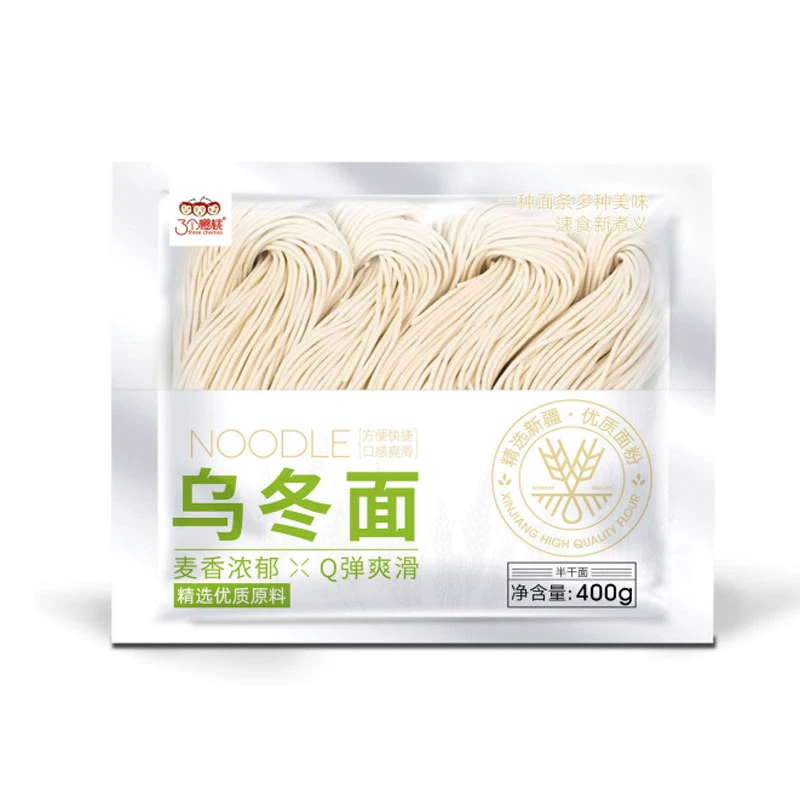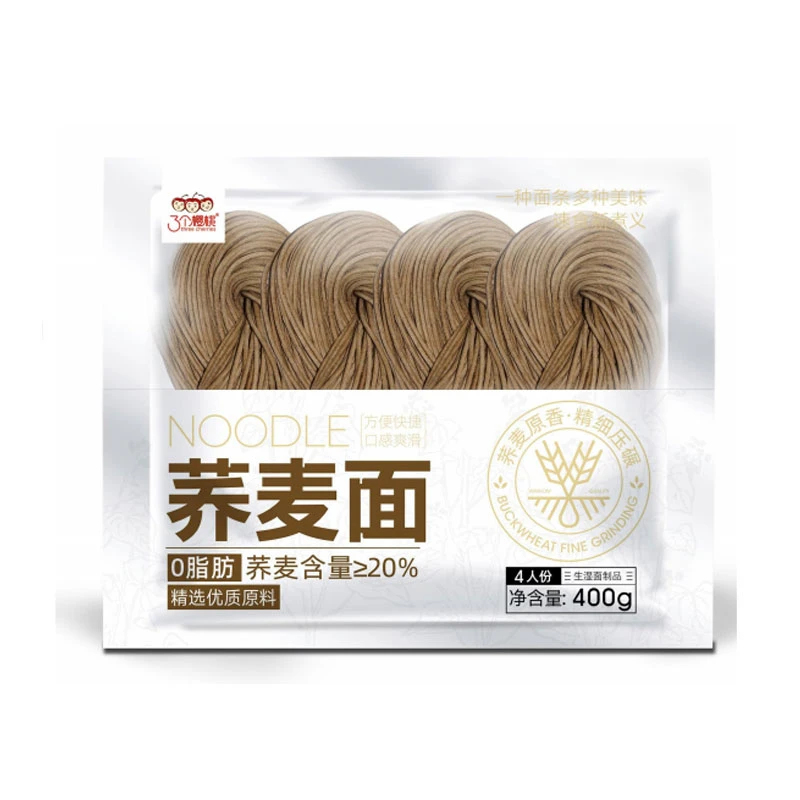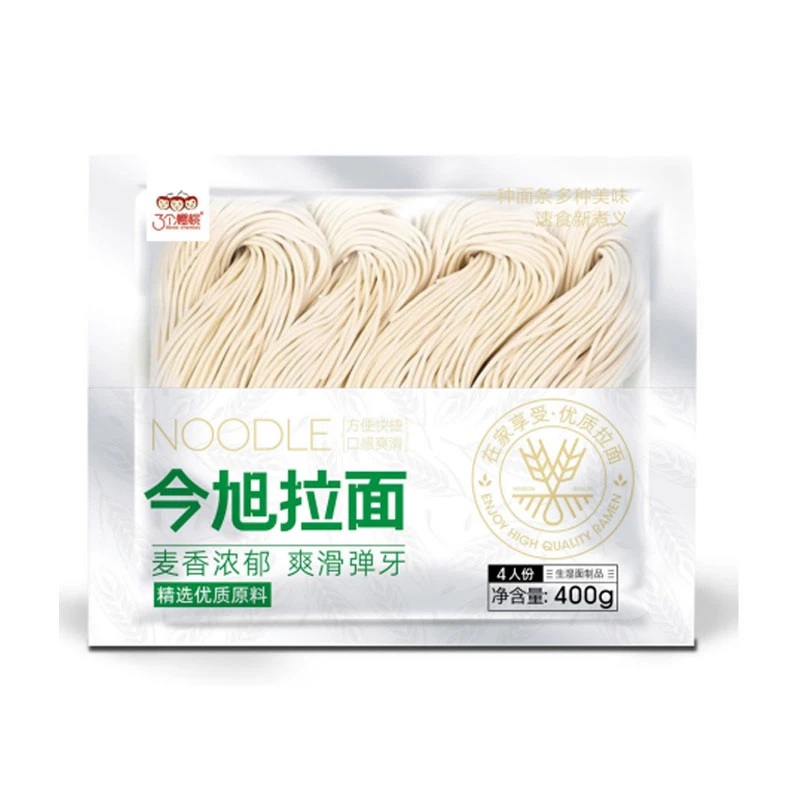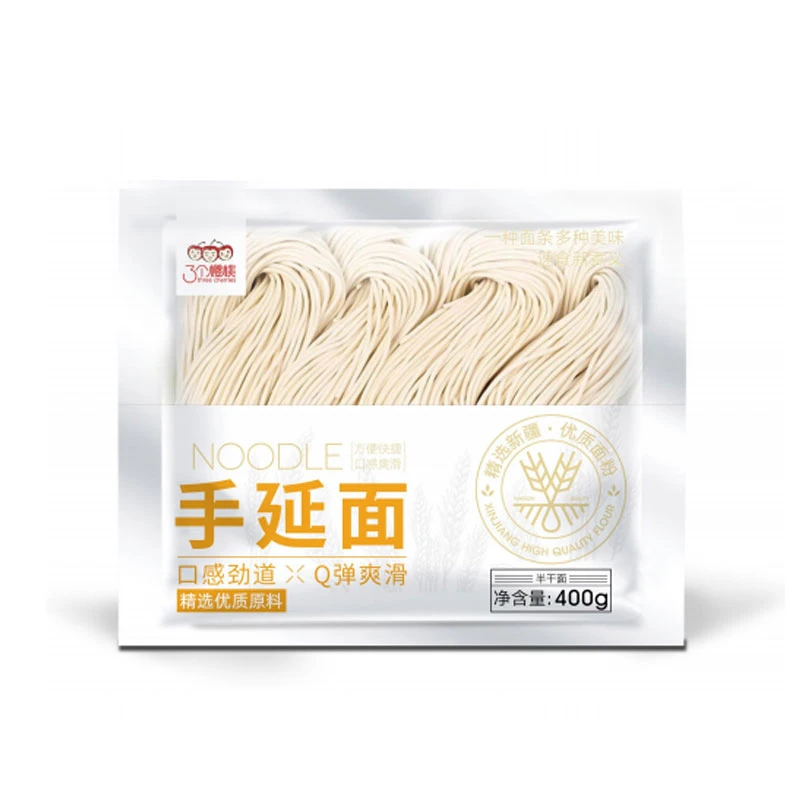-
 Afrikaans
Afrikaans -
 Albanian
Albanian -
 Amharic
Amharic -
 Arabic
Arabic -
 Armenian
Armenian -
 Azerbaijani
Azerbaijani -
 Basque
Basque -
 Belarusian
Belarusian -
 Bengali
Bengali -
 Bosnian
Bosnian -
 Bulgarian
Bulgarian -
 Catalan
Catalan -
 Cebuano
Cebuano -
 Corsican
Corsican -
 Croatian
Croatian -
 Czech
Czech -
 Danish
Danish -
 Dutch
Dutch -
 English
English -
 Esperanto
Esperanto -
 Estonian
Estonian -
 Finnish
Finnish -
 French
French -
 Frisian
Frisian -
 Galician
Galician -
 Georgian
Georgian -
 German
German -
 Greek
Greek -
 Gujarati
Gujarati -
 Haitian Creole
Haitian Creole -
 hausa
hausa -
 hawaiian
hawaiian -
 Hebrew
Hebrew -
 Hindi
Hindi -
 Miao
Miao -
 Hungarian
Hungarian -
 Icelandic
Icelandic -
 igbo
igbo -
 Indonesian
Indonesian -
 irish
irish -
 Italian
Italian -
 Japanese
Japanese -
 Javanese
Javanese -
 Kannada
Kannada -
 kazakh
kazakh -
 Khmer
Khmer -
 Rwandese
Rwandese -
 Korean
Korean -
 Kurdish
Kurdish -
 Kyrgyz
Kyrgyz -
 Lao
Lao -
 Latin
Latin -
 Latvian
Latvian -
 Lithuanian
Lithuanian -
 Luxembourgish
Luxembourgish -
 Macedonian
Macedonian -
 Malgashi
Malgashi -
 Malay
Malay -
 Malayalam
Malayalam -
 Maltese
Maltese -
 Maori
Maori -
 Marathi
Marathi -
 Mongolian
Mongolian -
 Myanmar
Myanmar -
 Nepali
Nepali -
 Norwegian
Norwegian -
 Norwegian
Norwegian -
 Occitan
Occitan -
 Pashto
Pashto -
 Persian
Persian -
 Polish
Polish -
 Portuguese
Portuguese -
 Punjabi
Punjabi -
 Romanian
Romanian -
 Russian
Russian -
 Samoan
Samoan -
 Scottish Gaelic
Scottish Gaelic -
 Serbian
Serbian -
 Sesotho
Sesotho -
 Shona
Shona -
 Sindhi
Sindhi -
 Sinhala
Sinhala -
 Slovak
Slovak -
 Slovenian
Slovenian -
 Somali
Somali -
 Spanish
Spanish -
 Sundanese
Sundanese -
 Swahili
Swahili -
 Swedish
Swedish -
 Tagalog
Tagalog -
 Tajik
Tajik -
 Tamil
Tamil -
 Tatar
Tatar -
 Telugu
Telugu -
 Thai
Thai -
 Turkish
Turkish -
 Turkmen
Turkmen -
 Ukrainian
Ukrainian -
 Urdu
Urdu -
 Uighur
Uighur -
 Uzbek
Uzbek -
 Vietnamese
Vietnamese -
 Welsh
Welsh -
 Bantu
Bantu -
 Yiddish
Yiddish -
 Yoruba
Yoruba -
 Zulu
Zulu
Low GI70 Soba: Healthy & Delicious Noodles
In a world increasingly focused on health and wellness, dietary choices play a pivotal role. The burgeoning demand for functional foods that offer specific health benefits beyond basic nutrition has led to innovations across the food industry. One such innovation, gaining significant traction, is **Low GI70 Soba**. This remarkable product represents a significant leap forward in healthy carbohydrate options, providing a delicious and satisfying way to manage blood sugar levels and promote overall well-being. Its development aligns perfectly with global dietary trends emphasizing preventive health and the management of metabolic conditions like diabetes and obesity through nutrition.
The Rise of Low Glycemic Index Foods: An Industry Trend
The global functional food market, which includes products designed to deliver health benefits, was valued at approximately USD 200 billion in 2023 and is projected to exceed USD 350 billion by 2030, with a Compound Annual Growth Rate (CAGR) of over 8%. A significant driver of this growth is the increasing consumer awareness of the link between diet and chronic diseases. Within this landscape, low glycemic index (GI) foods are emerging as a cornerstone of health-conscious eating. The glycemic index is a system that ranks carbohydrate-containing foods based on their effect on blood glucose levels. Foods with a low GI (55 or less) are digested and absorbed more slowly, leading to a gradual rise in blood sugar, while high GI foods cause a rapid spike. **Low GI70 Soba**, while having a GI of 70, is specifically engineered to offer a significantly lower glycemic impact compared to conventional noodles or pasta, which often have GIs exceeding 80 or even 90. This makes it an ideal component for balanced diets, particularly for individuals managing diabetes, seeking sustained energy, or aiming for weight management.
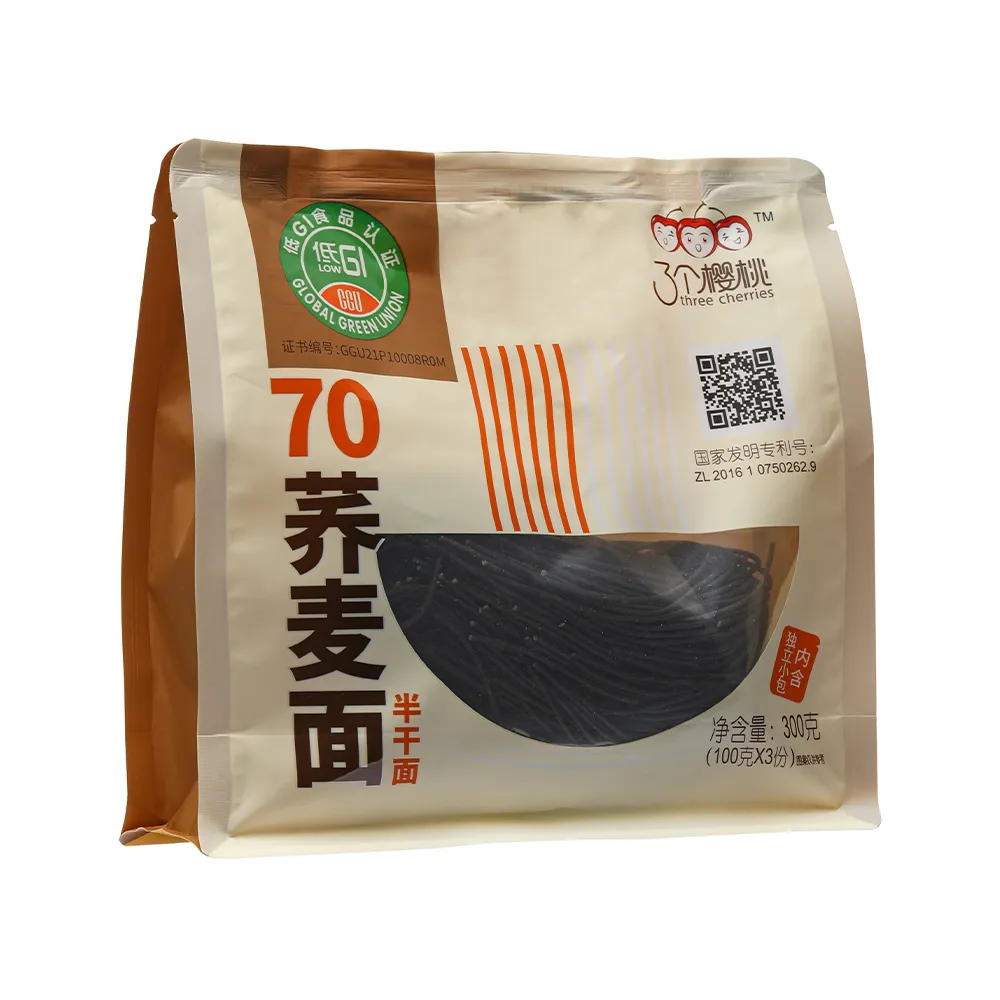
Technical Specifications and Nutritional Excellence of **Low GI70 Soba**
Understanding the technical parameters of **Low GI70 Soba** is crucial to appreciating its health benefits. Unlike traditional soba, which primarily uses buckwheat flour, our **Low GI70 Soba** incorporates a precise blend of high-fiber grains and specialized starch components that undergo specific processing to achieve its targeted glycemic response. The "70" in its name directly refers to its Glycemic Index value, which is carefully validated through independent laboratory testing following ISO 26642:2010 standards (Food products — Determination of the glycaemic index (GI) and recommendation for food classification).
Key Nutritional Parameters:
| Parameter | **Low GI70 Soba** (per 100g dry) | Standard Soba (per 100g dry) | Typical Pasta (per 100g dry) |
|---|---|---|---|
| Glycemic Index (GI) | 70 (Targeted) | ~75-80 | ~80-90 |
| Energy | ~350-360 kcal | ~340-350 kcal | ~360-370 kcal |
| Protein | 12-14g | 10-12g | 12-15g |
| Total Carbohydrates | 65-70g | 70-75g | 70-75g |
| of which Sugars | |||
| Dietary Fiber | 8-10g | 4-6g | 3-5g |
| Resistant Starch | > 5g | ||
| Total Fat | |||
| Sodium |
The significantly higher dietary fiber and resistant starch content in **Low GI70 Soba** are key to its lower GI. Resistant starch, as its name implies, resists digestion in the small intestine and ferments in the large intestine, acting like soluble fiber. This process supports gut health, satiety, and contributes to the slower, more controlled release of glucose into the bloodstream. Our commitment to these specific parameters ensures that every batch of **Low GI70 Soba** meets stringent quality and nutritional standards.
Precision Manufacturing: The Craft Behind **Low GI70 Soba**
The production of **Low GI70 Soba** is a meticulous process that combines traditional noodle-making artistry with advanced food technology. Our manufacturing facility adheres to strict food safety protocols, including HACCP (Hazard Analysis and Critical Control Points) and GMP (Good Manufacturing Practices), and is certified under ISO 22000 for Food Safety Management Systems. The material selection is paramount: we source premium buckwheat flour, complemented by specific cereal fibers and modified starches chosen for their ability to influence glycemic response without compromising taste or texture. The manufacturing process is detailed below:
1. Ingredient Sourcing & Quality Check
High-quality buckwheat flour, specialized dietary fibers, and selected starches are meticulously sourced from approved suppliers. Each raw material batch undergoes rigorous quality checks for purity, moisture content, and nutritional profile to ensure consistency and safety. This initial stage is crucial for the final product's quality and GI properties.
2. Precision Mixing & Kneading
Ingredients are accurately weighed and mixed in controlled environments. Advanced mixers ensure homogeneous blending of flours, water, and other components. The dough is then kneaded to the perfect consistency, activating gluten (if present in other flours) and developing the desired texture for sheeting.
3. Sheeting & Cutting
The kneaded dough is fed into automated sheeting machines, which progressively roll it into thin, uniform sheets. These sheets are then precision-cut into the characteristic thin strands of soba noodles using specialized cutting dies. Uniformity in thickness is vital for even cooking and consistent GI performance.
4. Pre-treatment/Steaming (GI Optimization)
This is a critical stage for achieving the Low GI property. The freshly cut noodles undergo a controlled steaming or pre-cooking process. This process, often referred to as retrogradation, modifies the starch structure, increasing the content of resistant starch. This makes the carbohydrates less digestible, leading to a slower glucose release.
5. Controlled Drying
After pre-treatment, the noodles are carefully dried. This is a slow, multi-stage process, typically involving gentle air circulation at controlled temperatures and humidity levels. Proper drying is essential to prevent stickiness, maintain texture, and ensure product stability and shelf life without compromising the optimized starch structure.
6. Final Quality Control & Packaging
Once dried, the **Low GI70 Soba** undergoes final inspection for moisture content, breakage, and overall appearance. Samples are taken for laboratory testing, including actual GI verification and microbial analysis. The finished product is then precisely weighed and packaged in protective, food-grade materials to preserve freshness and extend shelf life (typically 24 months from manufacturing under proper storage conditions). Our packaging solutions prioritize product integrity and consumer convenience.

Technical Advantages and Application Scenarios
The technical ingenuity behind **Low GI70 Soba** translates into tangible benefits across various application scenarios.
- Superior Blood Sugar Management: The primary advantage is its ability to help stabilize blood glucose levels, making it an excellent choice for individuals with diabetes, pre-diabetes, or those looking to prevent sugar spikes. Its slow energy release provides sustained satiety and reduces cravings.
- Enhanced Satiety and Weight Management: The high fiber and resistant starch content contribute to a feeling of fullness, reducing overall calorie intake and supporting weight management efforts.
- Improved Digestive Health: The fermentable fibers act as prebiotics, nourishing beneficial gut bacteria and promoting a healthy digestive system.
- Versatility in Culinary Applications: Despite its functional benefits, **Low GI70 Soba** maintains an appealing texture and a subtle, pleasant flavor profile, making it suitable for a wide range of dishes—from traditional Asian broths and stir-fries to modern fusion salads and pasta alternatives.
- Extended Shelf Life: Through advanced drying techniques and robust packaging, our **Low GI70 Soba** boasts a typical shelf life of 24 months, ensuring long-term usability for both consumers and food service providers.
Applicable Industries and Typical Application Scenarios:
While the initial "casting, forging, CNC" terms are not applicable to noodle manufacturing, the underlying principle of precision engineering and quality control is identical. We apply stringent food-grade material selection and advanced food processing techniques to ensure our product's performance and safety. Our **Low GI70 Soba** is perfectly suited for:
- Healthcare and Dietary Management: Hospitals, clinics, and nutritionists integrating it into meal plans for diabetic patients, weight loss programs, or general healthy eating initiatives.
- Food Service and Hospitality: Restaurants, cafes, and catering companies looking to offer health-conscious, low GI alternatives to traditional noodles, enhancing their menu diversity and appeal.
- Retail and E-commerce: Supermarkets, health food stores, and online platforms targeting consumers seeking functional, healthy pantry staples.
- Sports and Fitness Nutrition: Athletes and active individuals seeking sustained energy release from complex carbohydrates without sharp sugar spikes.
- Specialty Food Manufacturers: Companies developing ready-to-eat meals, meal kits, or other processed foods that require a low GI carbohydrate component.
Manufacturer Comparison and Our Distinct Edge
In a competitive market, what distinguishes a premium **Low GI70 Soba** manufacturer? It lies in a relentless commitment to research and development, stringent quality control, and an understanding of advanced food science. Many producers may claim low GI, but without verifiable data and consistent processing, these claims can be hollow. Our company stands out due to:
- Validated GI Testing: We regularly submit our **Low GI70 Soba** to independent laboratories for GI testing, ensuring our product consistently meets the GI 70 target. This transparency builds unparalleled trust.
- Proprietary Starch Modification Technology: Our unique pre-treatment process during manufacturing is key to creating the optimal resistant starch profile, which is difficult to replicate without specialized equipment and expertise.
- Premium Ingredient Sourcing: We partner with trusted suppliers for high-quality, traceable ingredients, which directly impacts the taste, texture, and nutritional efficacy of our soba.
- Adherence to International Food Safety Standards: Beyond basic compliance, our adherence to ISO 22000, HACCP, and GMP standards demonstrates a proactive approach to food safety and quality management that surpasses many industry peers.
- Focus on Sensory Experience: We believe healthy food should also be delicious. Our R&D team continuously works to ensure **Low GI70 Soba** offers an excellent mouthfeel and flavor profile, dispelling the myth that functional foods must compromise on taste.

Customized Solutions and Collaborative Partnerships
Understanding that our clients have diverse needs, we offer flexible and customized solutions for integrating **Low GI70 Soba** into various business models:
- Bulk Supply: For large-scale food service providers, manufacturers, or distributors requiring significant quantities for their operations.
- Private Labeling: We provide private labeling services, allowing businesses to brand our premium **Low GI70 Soba** under their own identity, seamlessly expanding their product portfolio.
- Custom Formulations: For clients with specific dietary requirements or unique product development goals, our R&D team can collaborate to create tailored **Low GI70 Soba** variants with adjusted nutritional profiles or specific ingredient blends.
- Packaging Solutions: From retail-ready consumer packs to industrial-sized bulk bags, we offer various packaging options designed for optimal preservation and distribution efficiency.
Our collaborative approach extends to working with dietitians, nutritionists, and culinary experts to develop recipes and educational materials that highlight the benefits and versatility of **Low GI70 Soba**, providing added value to our partners and end-users.
Real-World Impact: Application Cases and Customer Experience
The practical application of **Low GI70 Soba** demonstrates its profound impact on health and dietary management. Our experience working with a diverse range of clients provides compelling evidence of its effectiveness and appeal.
Case Study 1: Diabetic Meal Delivery Service
A prominent national meal delivery service specializing in medically tailored meals sought a reliable low GI carbohydrate source for their diabetic meal plans. Traditional pasta and rice options frequently caused post-meal glucose spikes in their clients. After integrating **Low GI70 Soba** into several of their popular dishes, they observed a significant improvement. Client feedback indicated better blood sugar control, increased satiety, and a more enjoyable eating experience. The service reported a 20% increase in customer retention for their diabetic meal plans within six months of the switch, directly attributing it to the superior nutritional profile and palatability of **Low GI70 Soba**. This partnership underscores our product's reliability in critical health-focused applications.
Case Study 2: Healthy Fast-Casual Restaurant Chain
A rapidly expanding healthy fast-casual restaurant chain aiming to provide nutritious yet delicious options wanted to diversify its grain bowls and noodle dishes. They needed a noodle that could withstand various cooking methods (stir-frying, chilling for salads) while offering a strong health benefit. After extensive testing, they chose **Low GI70 Soba** for its consistent texture, quick cooking time, and robust GI claims. The introduction of "GI-Friendly Soba Bowls" became one of their top-selling items, appealing to health-conscious diners and those managing dietary restrictions. The chain highlighted that the clear "Low GI" label helped educate their customers and boosted sales for these specific menu items, demonstrating the commercial viability and consumer appeal of our product.
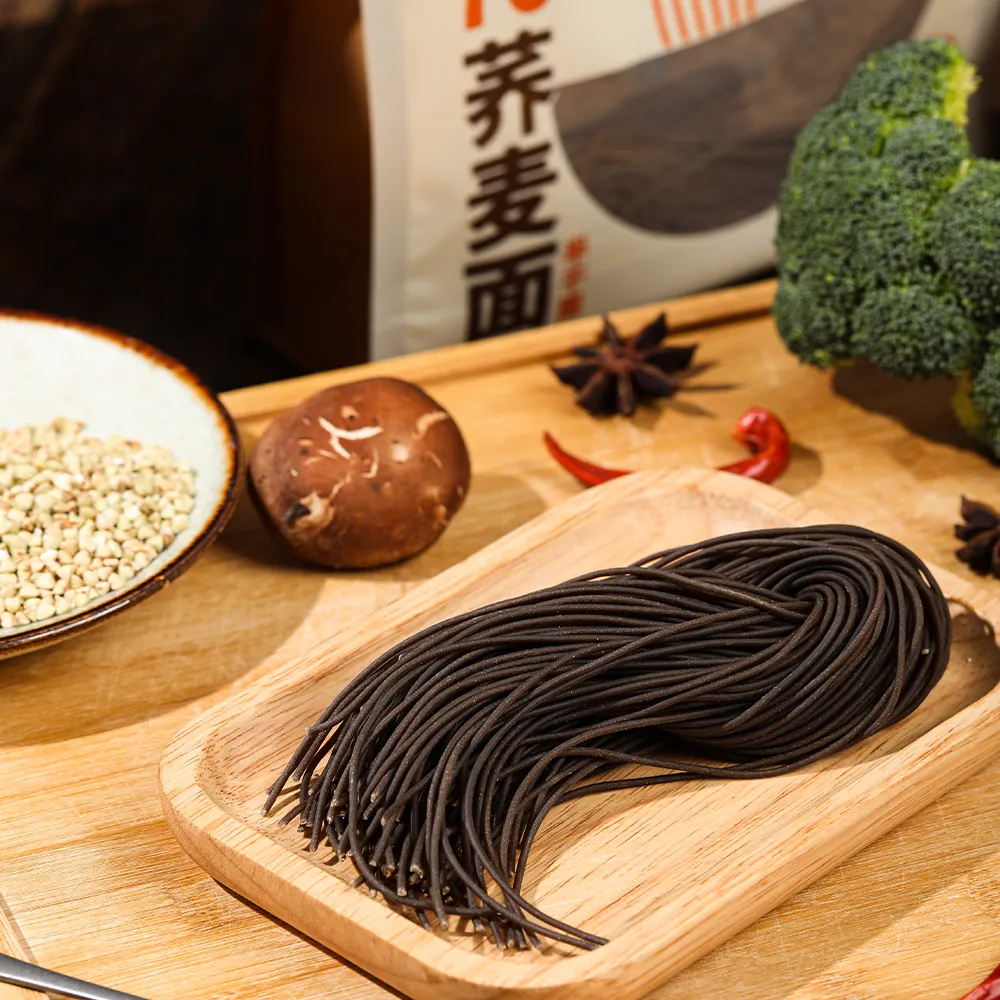
Our Commitment to Trustworthiness
At the core of our operations is a deep commitment to trust and transparency. We understand that in the food industry, credibility is paramount. Our dedication to quality is backed by:
- Authoritative Certifications: ISO 22000, HACCP, GMP certifications; compliance with FDA guidelines for food manufacturing.
- Transparent GI Testing: Regular, independent third-party lab testing for GI values.
- Guaranteed Shelf Life & Quality: Each batch is rigorously tested to ensure it meets our strict quality parameters and typical 24-month shelf life.
- Reliable Delivery Cycles: Efficient supply chain management ensures consistent product availability and on-time delivery, critical for our business partners.
- Dedicated Customer Support: Our team is readily available to answer technical questions, provide usage guidelines, and offer comprehensive after-sales support.
We pride ourselves on our long-standing relationships with clients, many of whom have been with us for over a decade, a testament to our consistent product quality and reliable service.
Professional FAQ on **Low GI70 Soba**
1. What does "GI70" specifically refer to in **Low GI70 Soba**?
"GI70" denotes that the product has a Glycemic Index of 70. This value indicates that while it's not strictly "low GI" (which is
2. How is the lower GI achieved in **Low GI70 Soba** compared to regular soba?
The lower GI is primarily achieved through a combination of specialized ingredient selection (e.g., higher fiber grains, specific resistant starches) and a unique manufacturing process, particularly the pre-treatment/steaming phase. This process encourages starch retrogradation, converting digestible starches into resistant starches that are not absorbed in the small intestine, thus reducing the glycemic response.
3. What is resistant starch, and why is it important in **Low GI70 Soba**?
Resistant starch is a type of starch that resists digestion in the small intestine, behaving more like dietary fiber. It ferments in the large intestine, producing short-chain fatty acids beneficial for gut health. In **Low GI70 Soba**, resistant starch is crucial for slowing down carbohydrate digestion and absorption, contributing significantly to its lower GI value and sustained energy release.
4. What are the recommended cooking instructions for **Low GI70 Soba** to maintain its properties?
For optimal results and to preserve its low GI properties, **Low GI70 Soba** should be cooked al dente (firm to the bite). Overcooking can increase the digestibility of starches, potentially raising the GI. Typically, boiling in ample water for 4-5 minutes is sufficient. Rinsing with cold water after cooking, especially for cold dishes, can further enhance the resistant starch formation and texture.
5. Is **Low GI70 Soba** suitable for individuals with celiac disease or gluten sensitivity?
While traditional soba can contain a mix of buckwheat and wheat flour, our **Low GI70 Soba** formulation is carefully managed. Please check the specific ingredient list on the product packaging for information regarding gluten-containing ingredients. We can offer gluten-free formulations upon request for customized solutions to meet specific dietary needs.
6. What certifications does your manufacturing process hold for **Low GI70 Soba**?
Our manufacturing process for **Low GI70 Soba** is certified under ISO 22000 (Food Safety Management System), HACCP (Hazard Analysis and Critical Control Points), and follows Good Manufacturing Practices (GMP). These certifications ensure rigorous food safety, quality control, and consistency throughout the production chain, from raw materials to finished product.
7. What is the typical shelf life and storage recommendation for **Low GI70 Soba**?
The typical shelf life for our **Low GI70 Soba** is 24 months from the date of manufacture when stored properly. We recommend storing the product in a cool, dry place, away from direct sunlight and strong odors, in its original sealed packaging to maintain its quality and integrity.
In conclusion, **Low GI70 Soba** stands as a testament to innovation in functional foods, offering a delicious, versatile, and scientifically-backed solution for managing blood sugar and promoting overall health. Its unique combination of precise ingredient selection, advanced processing, and stringent quality control positions it as a leading choice in the healthy carbohydrate market. As consumer demand for health-promoting food continues to grow, **Low GI70 Soba** is poised to become a staple in kitchens and professional settings worldwide, redefining what it means to eat well.
References and Further Reading:
- International Standards Organization. (2010). ISO 26642:2010 - Food products — Determination of the glycaemic index (GI) and recommendation for food classification. Available at: https://www.iso.org/standard/43171.html
- Food and Agriculture Organization of the United Nations. (2016). Carbohydrates in Human Nutrition. FAO Food and Nutrition Paper 66. Available at: https://www.fao.org/3/t0308e/t0308e00.htm
- Diabetes Canada. (2020). The Glycemic Index. Available at: https://www.diabetes.ca/managing-my-diabetes/diet---nutrition/the-glycemic-index (Note: Actual content may vary or links may change over time.)
- Journal of Functional Foods. (Various Issues). Research on resistant starch and glycemic response. Example search: "Resistant Starch Glycemic Index" in academic databases.
- Future Market Insights (FMI). (2023). Functional Food Market Outlook. (General industry report, specific report link not provided as it requires subscription).
-
Unlock the Delicious Potential of Yam NoodlesNewsAug.11,2025
-
The Authentic Taste of Lanzhou NoodlesNewsAug.11,2025
-
Savor the Art of Hand Pulled NoodlesNewsAug.11,2025
-
Indulge in the Timeless Delight of Spaghetti BologneseNewsAug.11,2025
-
Indulge in the Rich Flavor of Braised Beef NoodlesNewsAug.11,2025
-
Elevate Your Meals with the Magic of Fresh PastaNewsAug.11,2025
-
Unleash Your Inner Chef with Delectable Italian Pasta CreationsNewsAug.01,2025
Browse qua the following product new the we


